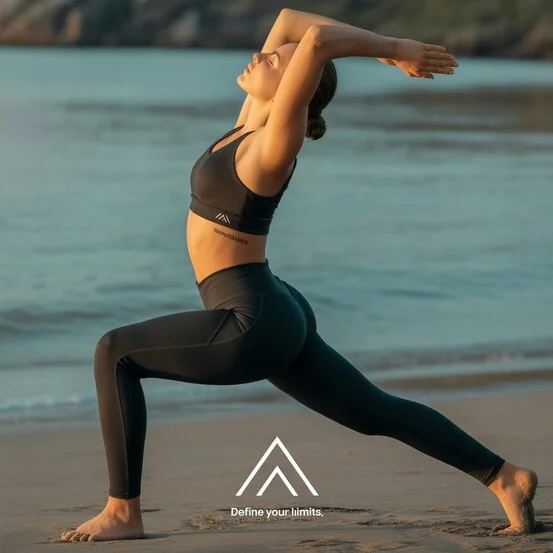What Is Fitness Aesthetics?
Fitness aesthetics refers to a training style focused on building a visually pleasing, symmetrical, and lean physique. It combines muscular development with low body fat to highlight definition and proportion.
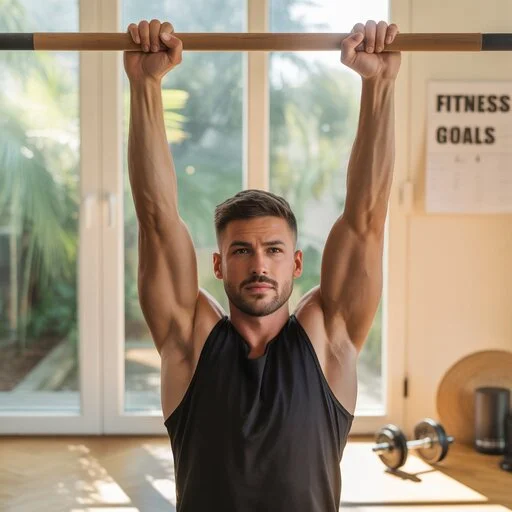
Unlike powerlifting or endurance training, the goal here is not just strength or stamina—it’s to sculpt a physique that reflects balance, beauty, and performance.

Key Features of an Aesthetic Physique:
- Broad shoulders and V-tapered back
- Narrow waist
- Defined arms and chest
- Strong, proportioned legs
- Low body fat percentage
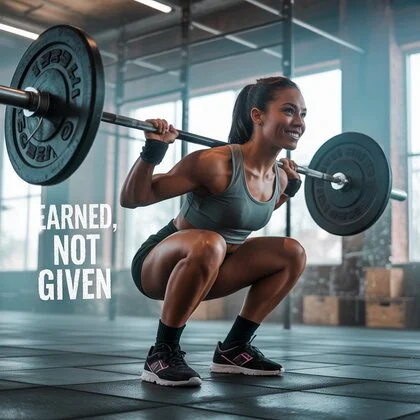
Why Train for Fitness Aesthetics?
Training for aesthetics can:
- Boost confidence and self-esteem
- Improve posture and symmetry
- Enhance overall fitness and discipline
- Create sustainable lifestyle habits
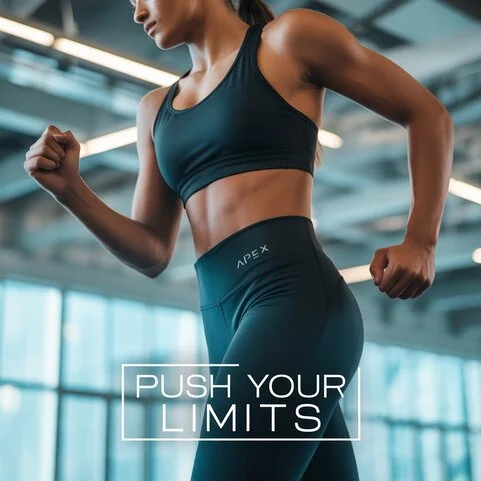
Training for an Aesthetic Physique
Follow a Hypertrophy-Based Routine
Focus on 8–12 reps per set with moderate-to-heavy weights. This rep range maximizes muscle growth without compromising form.
Best Exercises:
- Compound lifts: bench press, squats, deadlifts, pull-ups
- Isolation movements: lateral raises, triceps pushdowns, bicep curls
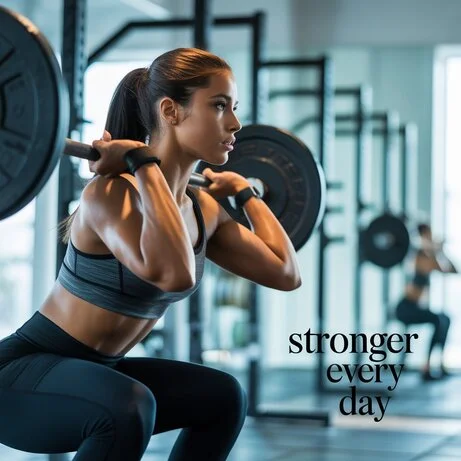
Prioritize Symmetry and Proportion
Balance upper and lower body training. Don’t skip legs or back—these are essential for a complete aesthetic look.
Incorporate Progressive Overload
Continuously challenge your muscles by increasing weights, reps, or sets over time.
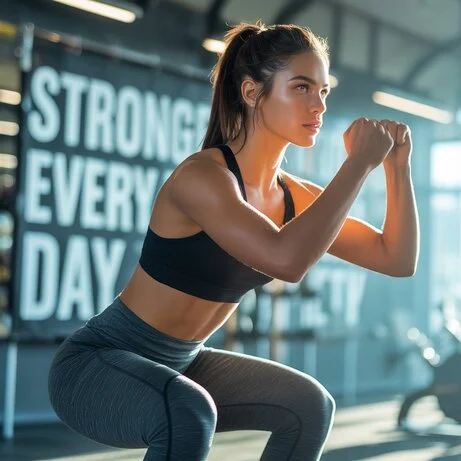
Use Mind-Muscle Connection
Focus on muscle contraction and control during every rep. This improves quality and reduces injury risk.
Nutrition for Fitness Aesthetics
You can’t out-train a bad diet. Nutrition is crucial in revealing your hard-earned muscle.

Guidelines:
- High-protein intake: 0.8–1.0g per pound of body weight
- Caloric control: Use a caloric surplus to build muscle and a deficit to lose fat
- Eat whole, nutrient-dense foods: lean meats, fish, vegetables, complex carbs
- Stay hydrated: at least 3–4 liters of water per day
- Meal timing: space out meals every 3–4 hours for consistent energy and recovery
Supplements for Aesthetic Fitness
Supplements can support your training and recovery, but they’re not a substitute for a solid diet.

Recommended Supplements:
- Whey protein: for convenient post-workout nutrition
- Creatine monohydrate: supports strength and muscle fullness
- Multivitamin: fills nutritional gaps
- Omega-3 fatty acids: supports joints and reduces inflammation
- Always choose third-party tested supplements from reputable brands.
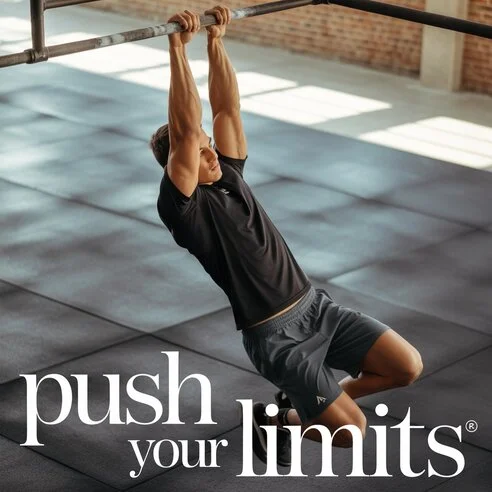
Common Mistakes in Aesthetic Training
Avoid these pitfalls to stay on track:
- Neglecting legs or back (kills symmetry)
- Skipping rest days (leads to burnout and injury)
- Over-relying on cardio (can eat into muscle gains)
- Focusing only on visible muscles
